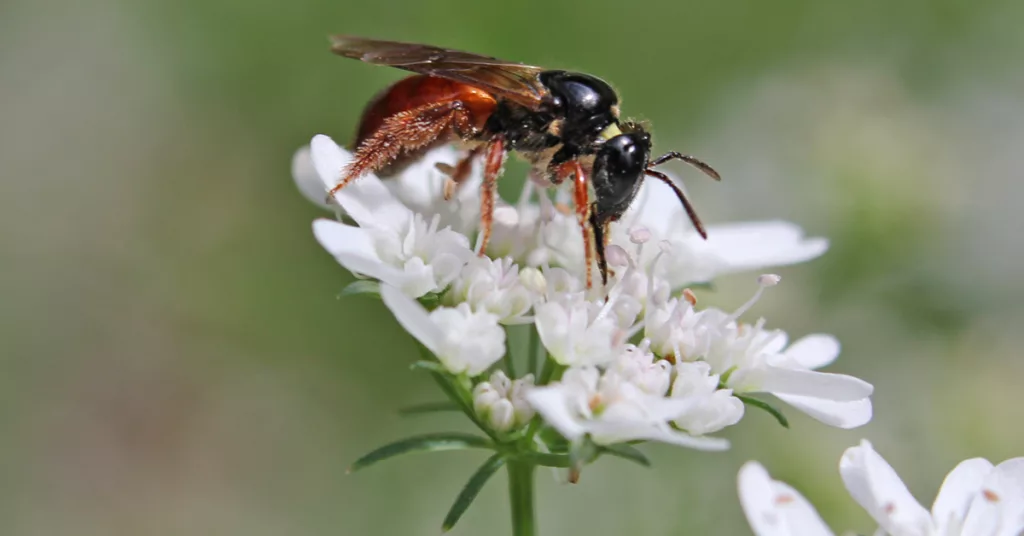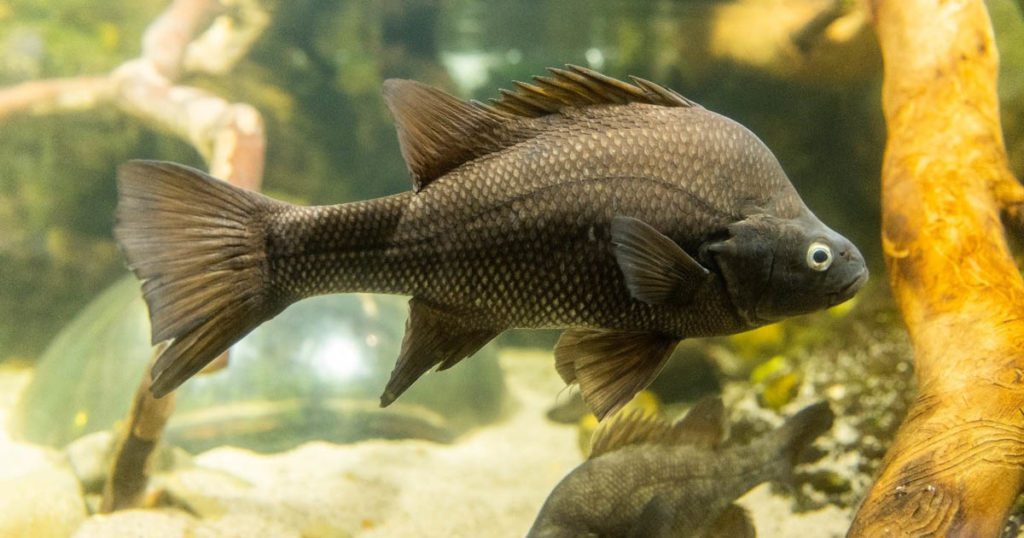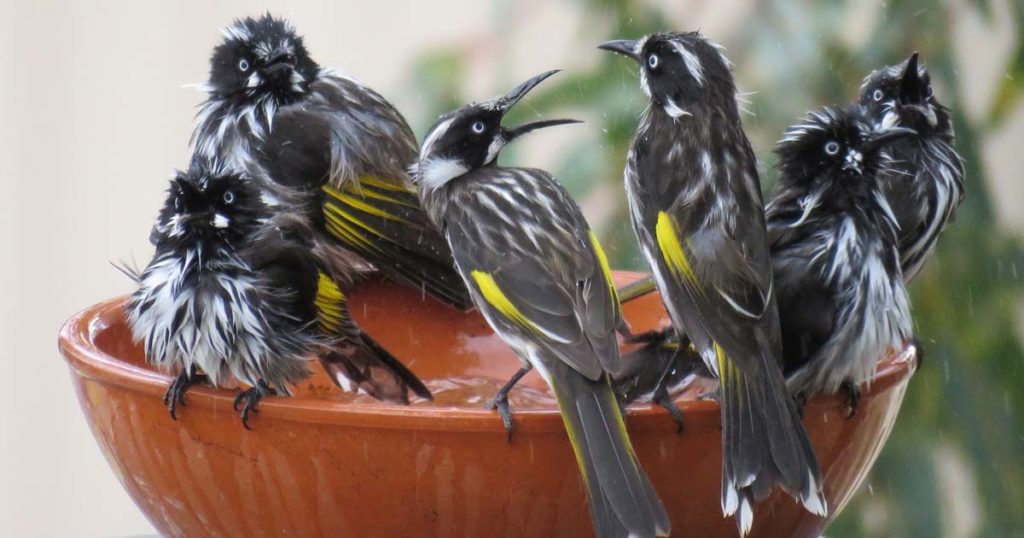by Carol Hopkins
If ever there was a bird in need of an image make-over, it would have to be the Australian white ibis. In urban areas, these large, white birds with bald, black heads and long, curved beaks are often found scavenging for food in landfill sites, raiding rubbish bins, or hassling picnickers in parklands for handouts. These somewhat unsavoury habits have earned them the derogatory names of “tip turkeys” and “bin chickens”. Their image is further damaged by the fact that their scavenging often turns their pristine white plumage into a grubby brown.
But not everyone is unimpressed. Earlier this year the Queensland Sports Minister, Stirling Hinchliffe, declared he had a soft spot for the ibis and thought the bird might make a good mascot for the 2023 Brisbane Olympic Games.
It may surprise you to know that the Australian white ibis hasn’t always been an urban visitor. In fact, it wasn’t until the late 1970s, when extensive drought drove flocks eastwards, that they were first recorded in Sydney. The growth in these populations since that time may be due to the establishment of free-flying flocks of formerly captive birds in a large number of zoos and wildlife parks, such as Tooronga Zoo and Healesville Sanctuary. These populations are well adapted to humans, human structures and human food scraps, and they may have influenced wild birds to make their home in the urban environment as well.
However, once you move away from the city and into rural areas, the social standing of the Australian white ibis gets a definite boost. Here, the bird is more likely to be known as “the farmers’ friend” due to their habit of flocking to areas suffering from grasshopper or locust plagues and gorging on the pesky insects. Ibis also play a role in aerating the soil in pastures and parklands as they probe for insects, grubs and crustaceans with their long, thin bills. As well as terrestrial prey, ibis also wade the shallows of wetlands in search of frogs, fish and mussels.
The Australian white ibis is widespread in eastern, northern and south-western Australia, although the species didn’t appear in Western Australia until the 1950s. Now, its numbers and range are increasing in that state. It is not found in Tasmania.
Both males and females are similar in appearance, although the female is slightly smaller than the male and has a shorter bill. During the breeding season, a small patch of skin on the underside of the wings turns from pale pink to deep scarlet. This is clearly noticeable when the birds spread their wings. The young look much like their parents but have black feathers on their neck instead of bare skin. The birds have quite a long lifespan with some reaching twenty-eight years of age.
In the southern regions of Australia, the Australian white ibis breeds from August to November. They congregate in noisy, and frequently smelly, colonies often with other water birds such as spoonbills, egrets and cormorants. In urban areas, they may build their nests in inappropriate places, causing a lot of consternation and complaint from the people who live nearby.
The birds’ nests are large, shallow cups made of sticks, reeds and grasses that are placed in trees next to a body of water such as a swamp, lake or river. The females lay two to three white eggs, which are incubated for three weeks. The hatchlings, which are completely naked and helpless, take up to seven weeks to fledge.
Although the Australian white ibis is the most well-known of the species, especially for city and town dwellers, it is only one of three types of ibis that are native to Australia. The others are the straw-necked ibis and the glossy ibis. Fortunately, perhaps, neither of these other species have adopted the white ibises’ penchant for an urban lifestyle.
The straw-necked ibis is easy to differentiate from the Australian white ibis because it has an iridescent black back and chest and has straw-like plumes on its neck. Only a band around the neck and the underparts of the bird are white. The head is bald but not the neck. They can often be seen in large numbers in farm paddocks probing the ground for insects. The straw-necked ibis has a similar distribution to the Australian white ibis.
The glossy ibis is significantly smaller than its companions, is dark brown in colour and has a feathered, not bald, head. In the right light, the plumage does, indeed, appear glossy, and can take on an iridescent green-and-purple hue. Although it can be seen throughout Australia, mostly in wetlands, it is more abundant in northern regions.
In terms of habitat, diet, distribution and breeding habits, all of the ibis species are somewhat similar, and it’s only the poor Australian white ibis that has been maligned. Perhaps, if it is chosen as a mascot for the next Olympic Games in Brisbane its image will get a much-needed and long- overdue make-over.



